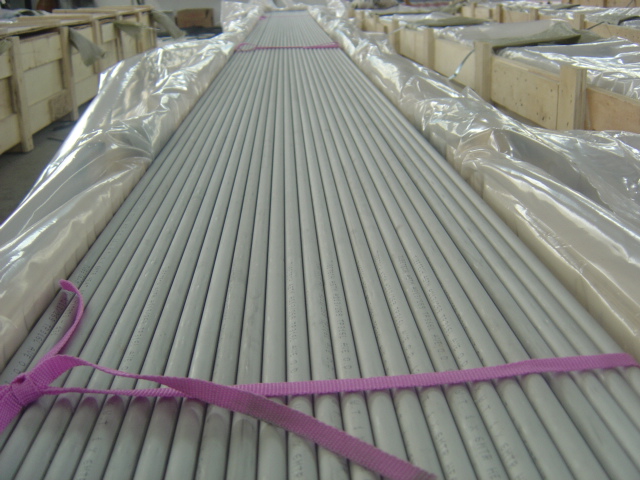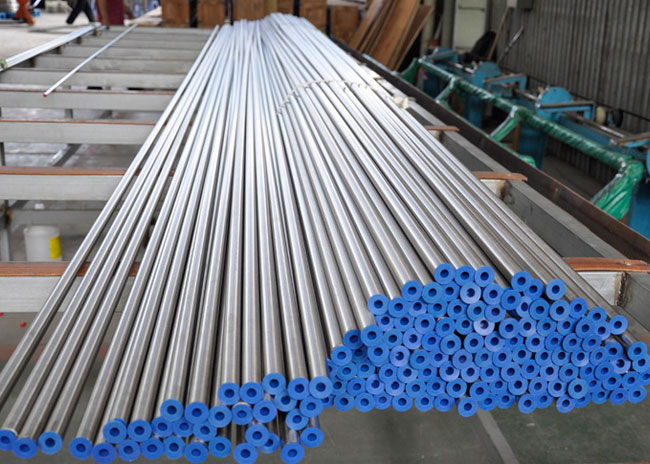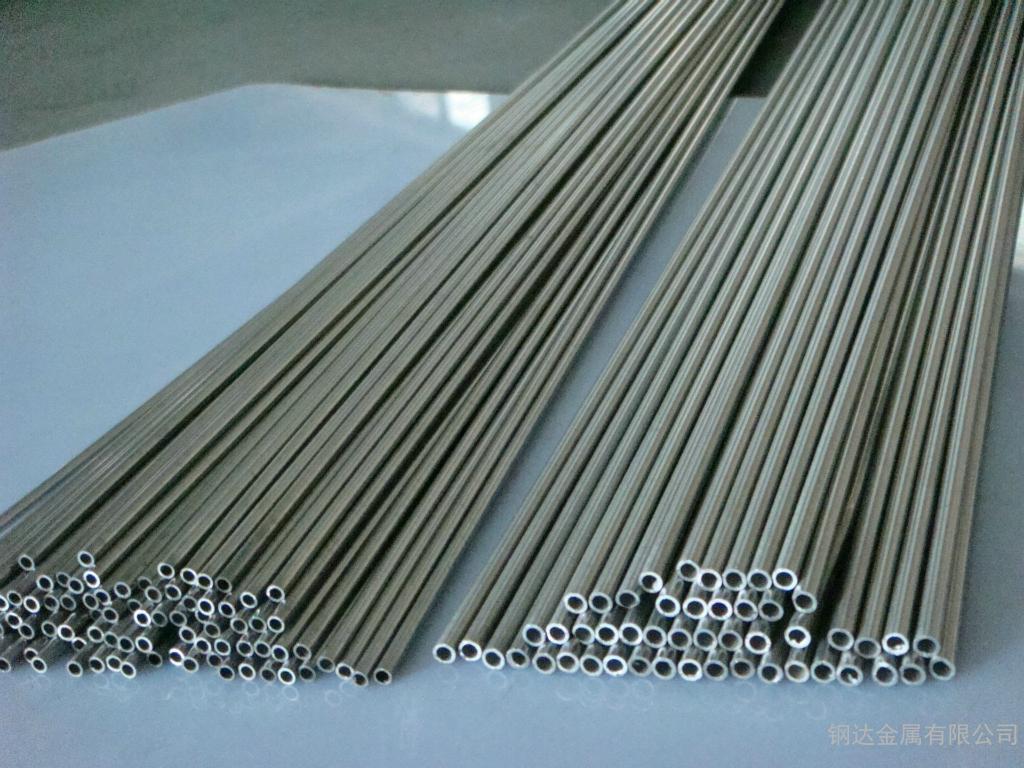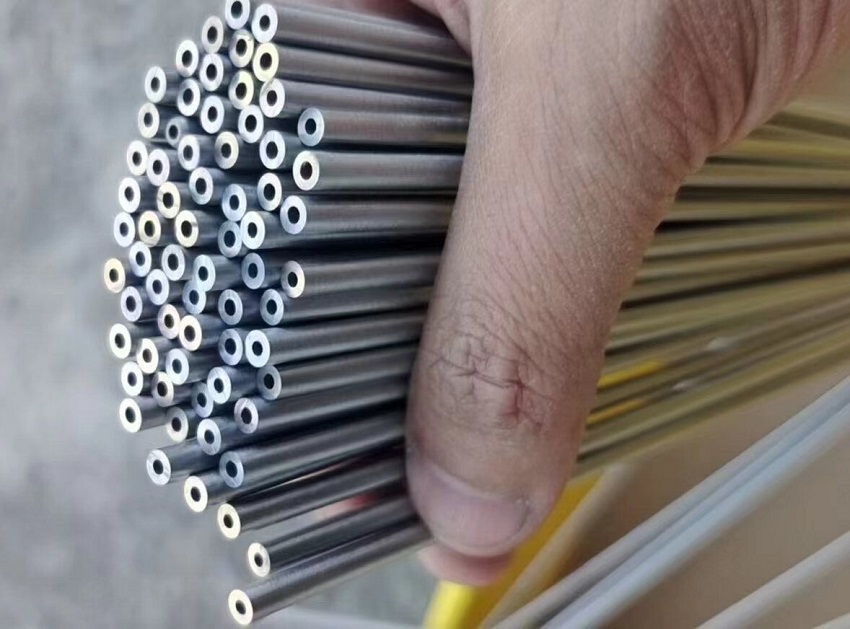NEWS CENTER
Cold Rolling VS Cold Drawing
Introduction to the Cold Rolling and Cold Drawing Processes for Stainless Steel Seamless Tubes
Stainless steel seamless Tubes can meet higher standards for cold processing through methods like cold rolling and cold drawing. Cold rolling and cold drawing are essential processes in manufacturing stainless steel seamless tubes, enhancing their mechanical properties, precision, and surface finish. Cold rolling involves reducing the tubes thickness through a series of rollers at room temperature, followed by annealing and surface treatments to relieve stresses and enhance corrosion resistance. Cold drawing, on the other hand, involves pulling the tube through a die to achieve precise dimensions and tight tolerances, often requiring intermediate annealing. Both methods are critical for producing high-quality seamless tubes used in various industries, including automotive, aerospace, oil and gas, and chemical processing, due to their excellent strength, corrosion resistance, and precise specifications.
Cold working imparts the following characteristics to stainless steel seamless Tubes:
1. Improved surface:Enhanced smoothness boosts corrosion resistance by improving surface cleanliness.
2. Enhanced dimensional accuracy:Cold rolling or drawing, especially with a core rod, not only improves outer diameter precision but also enhances wall thickness accuracy.
3. Production of smaller diameter and thinner-walled seamless steel Tubes becomes feasible.
4. Cold deformation followed by solution heat treatment improves mechanical properties.
5. Production of special dimensions and cross-section non-standard stainless steel seamless Tubes is achievable.
Stainless Steel Seamless Tubes Cold Drawing Process:
Cold-drawn seamless steel Tubes undergo diameter reduction through necking at high or room temperature. The surface is acid-washed to remove oxide scale and lubricated for cold drawing. Three cold drawing methods include top-head cold drawing, core rod cold drawing, and coreless rod free cold drawing. Core rod cold drawing produces a smooth inner wall, suitable for long stainless steel seamless Tubes with large deformation.
Cold drawing machines can be chain-type, hydraulic, or oil-pressure types. Chain-type cold drawing can pull two or more steel Tubes at once to reduce wear between the cold-drawn Tube and the die. Lubricant quality is crucial to minimize wear. Typically, acid washing is performed to remove surface oxide scale before applying lubricant for cold drawing.
Stainless Steel Seamless Tubes Cold Rolling Process:
Cold-rolled stainless steel seamless Tubes are produced using a cold processing method known as the Pilger method or a three-roller cold rolling machine.
This method, similar to the Pilger machine, induces deformation in a compressive stress state. Hard and high-hardness alloy stainless steel, as well as special materials, can be processed using this method. Due to high precision in full circumferential processing, significant improvements in the surface quality of stainless steel seamless Tubes are achieved, resulting in high efficiency. However, the cost of rolling dies is expensive, and adjusting them can be difficult.
Food-grade Stainless Steel Tube Production Process:
Steelmaking – Rolling Round Steel – Piercing – Cold Drawing – Cold Rolling – Bright Annealing – Inner Surface Polishing – Outer Surface Polishing – Inspection and Acceptance – Packaging and Warehousing.
1. Cold Drawing Machine:
After piercing, the round steel is called a rough Tube, usually with dimensions of Φ65*5mm or Φ100*7mm. For industrial-grade sanitary stainless steel Tubes ranging from Φ14*1mm to Φ200*3mm, cold drawing machines are needed for tube expansion and reduction. Sometimes multiple tube expansions or reductions are required, followed by annealing (heat treatment) and acid washing cycles.
The main advantages of cold drawing stainless steel Tubes are high production efficiency, easy specification changes during production, and simple tooling equipment and maintenance.
The main disadvantages of cold drawing stainless steel Tubes are small deformation per pass, leading to a long production cycle, and high metal consumption. The surface finish of the inside and outside of the tube is poor.
2. Multi-roller Cold Rolling Tube Machine:
This is a key equipment for manufacturing sanitary seamless stainless steel Tubes in China. Using cold-drawn steel Tubes as blanks, the internal and external diameters and wall thickness dimensions after cold rolling are within ±0.02-0.05mm, and the surface roughness Ra≤0.8μm. After polishing, the surface roughness can reach Ra≤0.2-0.4μm (mirror-like).
The biggest drawback of the cold-rolled Tube is its hardness, which means a high yield strength and is not suitable for expanding or bending. It needs to undergo a heat annealing process to achieve a soft state.
Generally, after normal annealing treatment in a conventional annealing furnace (gas-fired furnace), the inside and outside surfaces of stainless steel Tubes show oxide scale and require acid washing. This process damages the original surface smoothness after cold rolling, resulting in small irregularities that do not meet the hygiene standard for Tube surface finish. Therefore, a gas-protected bright annealing furnace is chosen.
3. Gas-Protected Bright Annealing Furnace:
It consists of two parts, the bright annealing furnace body and the ammonia decomposition device.
Bright annealing furnace body: The main structure consists of a circular cross-section muffle, using high-temperature heating wires arranged on both sides and the bottom for heating. Ammonia decomposition gas is used as a protective and circulating cooling gas. The structure is compact, safe to operate, reliable in control, easy to maintain, with uniform furnace temperature (up to 1150℃), low gas consumption, and effective utilization of protective gas. It ensures the prevention of reprecipitation of chromium carbide, fully dissolves all chromium carbide into the austenitic matrix, and changes the original hardness and metallographic structure of the cold-rolled Tube, achieving the purpose of solid solution treatment.
Ammonia decomposition device: It uses pure liquid chlorine to decompose into 70% hydrogen gas and 30% ammonia gas, which is filled into the furnace to drive away air (oxygen) as much as possible.
After treatment in a gas-protected bright annealing furnace, stainless steel Tubes are in a soft state, with minimal oxide scale on the inside and outside surfaces. Acid washing is not required, and the surface smoothness achieved after cold rolling is maintained.
4. Mechanical Polishing Machine for Inner and Outer Surfaces of Tubes:
Mechanical polishing of the inner surface of the Tube includes both rotational and linear polishing. Here, rotational mechanical polishing is used as an example. The equipment is relatively simple, with power, polishing discs, and advanced polishing wax. It uses progressively finer abrasive discs to polish the inner and outer surfaces of the Tube multiple times, achieving a surface roughness of Ra≤0.2-0.4μm. Mechanical polishing has the advantages of simple equipment, low technical requirements, easy mastery, low cost, and no damage to the Tube, making it widely used.

Cold Drawing for Stainless Steel Seamless Tubes
请输入搜索关键字
确定






